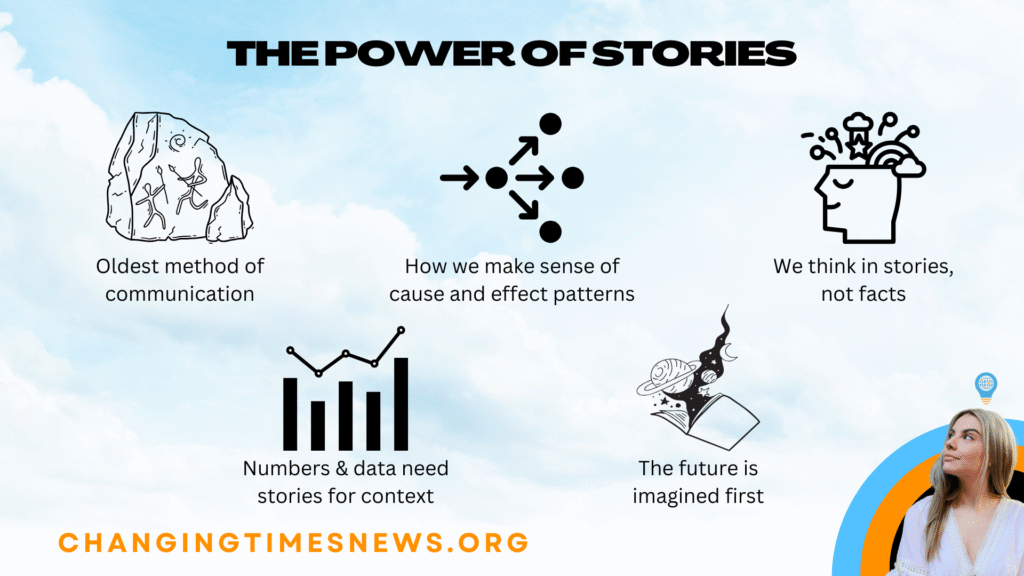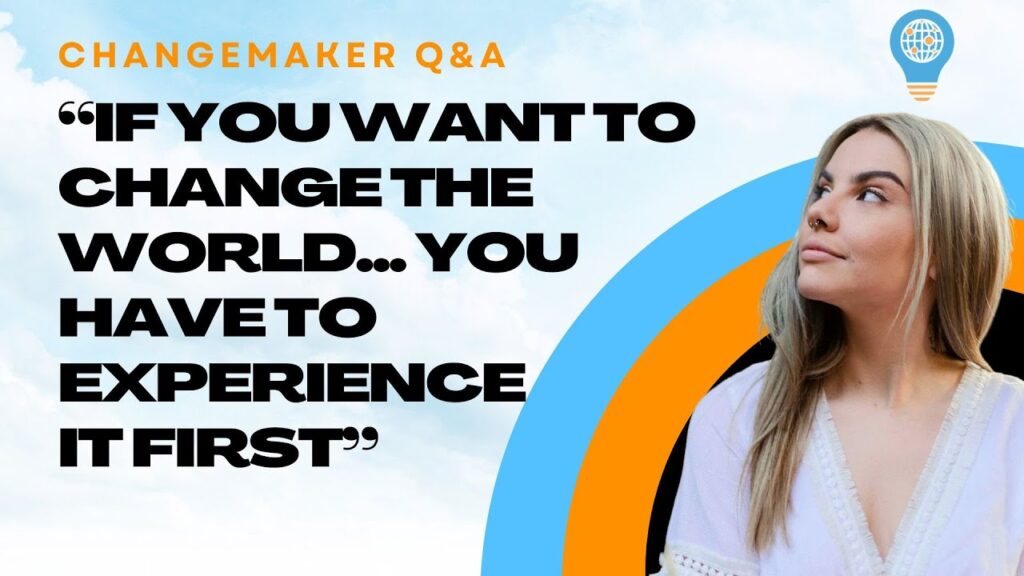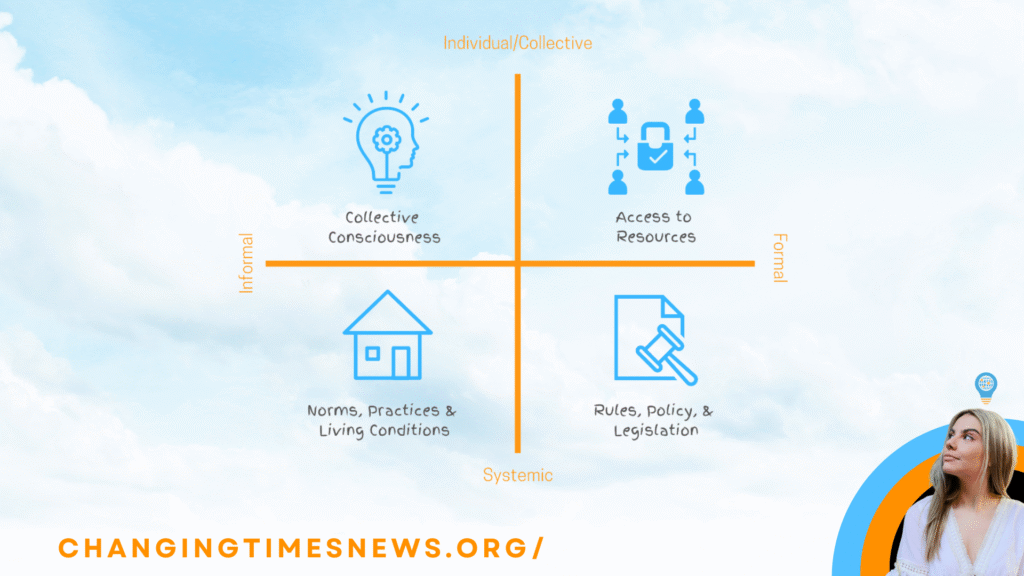In the latest episode of Changemaker Q&A, host Tiyana J explores a force as old as humanity itself: storytelling. Far more than entertainment, stories shape how people see themselves, understand the world, and imagine the future — making them a powerful engine for social transformation.
“Storytelling is at the heart of the human experience,” Tiyana explains. From prehistoric cave paintings to TikTok livestreams, she traces how narratives have carried knowledge, shaped identity, and mobilized communities across centuries.
Why Stories Matter More Than Facts
While data can highlight the scale of an issue, it rarely sparks action on its own. Research supports Tiyana’s point that stories, not statistics, are what move people. A 2014 study published in Science found that reading literary fiction enhances empathy and perspective-taking — qualities essential for social engagement (Science, 2013).
“Data alone does not drive change. Stories do,” she emphasizes in the episode. A number may tell us that one in three women experience gender-based violence, but it’s the lived experiences behind that number that give it weight.

From Ancient Firesides to Digital Feeds
Humanity’s storytelling practices have continually evolved alongside technology. Oral traditions such as Aboriginal songlines in Australia preserved knowledge long before written language. The invention of the printing press helped ignite revolutions, while radio and television transformed news into shared cultural moments.
Today, social media has democratized the narrative. Grassroots voices now document their realities in real time, as seen during recent conflicts in Palestine where TikTok and Instagram became platforms for frontline storytelling (BBC, 2023). This digital shift echoes earlier moments in history — such as the role of radio during the World Wars — but with a far more global reach.
The Stories We Choose Shape the Future
Tiyana highlights that collective narratives don’t just reflect the world — they actively construct it. Movements for abolition, women’s rights, and climate justice were all fueled by stories of possibility. “Our future is never predetermined,” she notes. “It’s shaped by the stories we tell ourselves about how the world is and how the world could be.”
She draws on activist-scholar Joanna Macy’s framework of three “stories of our time”: business as usual, the great unraveling, and the great turning. The last, Macy argues, is the narrative of transformation — the idea that humanity is capable of building a sustainable and just future (The Work That Reconnects).
Seeds of Change in Everyday Conversations
Tiyana reminds listeners that storytelling isn’t reserved for books or campaigns. It happens daily, in conversations with friends, colleagues, and communities. “Every conversation that we have has the potential to plant a seed for change,” she says.
Whether in grassroots organizing, social media campaigns, or casual dialogue, stories can humanize abstract issues, mobilize empathy, and inspire collective action. And as changemakers, Tiyana suggests, our challenge is not only to critique the present but to craft compelling narratives of what’s possible.


